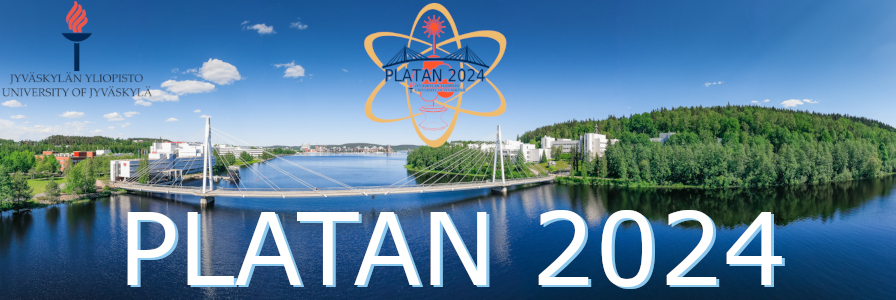Description
Resonance Ionization Spectroscopy (RIS) probes the atomic structure via multiple step laser ionization of neutralised atoms. Performed in a hypersonic gas jet, the precision of this technique is improved due to reduced Doppler and pressure broadening [1].
At the focal plane of the S3 separator in GANIL, S3-Low Energy Branch (S3-LEB) will perform in-gas-jet RIS to access fundamental properties of exotic nuclei [2], while extracting the ions from the stopping volume via gas flow. This highly selective technique will produce pure beams for further measurements, among which mass measurements by a Multi-Reflection Time-Of-Flight Mass Spectrometer (MR-ToF-MS).
Behind the SHIP velocity filter at GSI, JetRIS uses ion guiding and filament neutralization to inject the fusion products into the gas jet [3]. The photoions are studied using an alpha detector for efficient detection with low background. Future improvements foresee an MR-ToF-MS, which allows for mass-selected ion detection, giving access to long-lived as well as beta-decaying nuclides.
Both setups will make use of an MR-ToF-MS, which requires bunched ions. For this, a Radio Frequency Quadrupole Cooler Buncher (RFQcb) is currently commissioned within the S3-LEB setup. Here, ion-trajectory simulations are employed to minimize losses, then results are compared with experimental measurements. The design of the RFQcb of JetRIS is finalised and the commissioning of this buncher coupled to the MR-ToF-MS is foreseen to happen in 2024. Simulations for this bunching unit will accelerate its optimization during the commissioning phase.
In this contribution, the ongoing work to improve the efficiency of the RFQcb for S3-LEB will be discussed, along with the design for the new RFQcb and the last offline characterisation results on JetRIS.
[1] R. Ferrer et al., Nat Commun, 8, 14520 (2017)
[2] A. Ajayakumar et al., NIMB, 539, (2023) 102-107
[3] S. Raeder et al., NIMB, 463, (2020) 272–276

